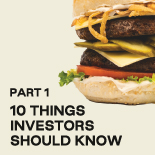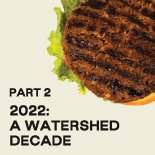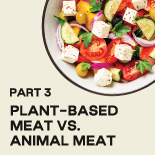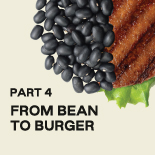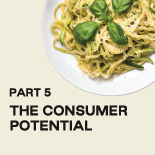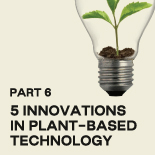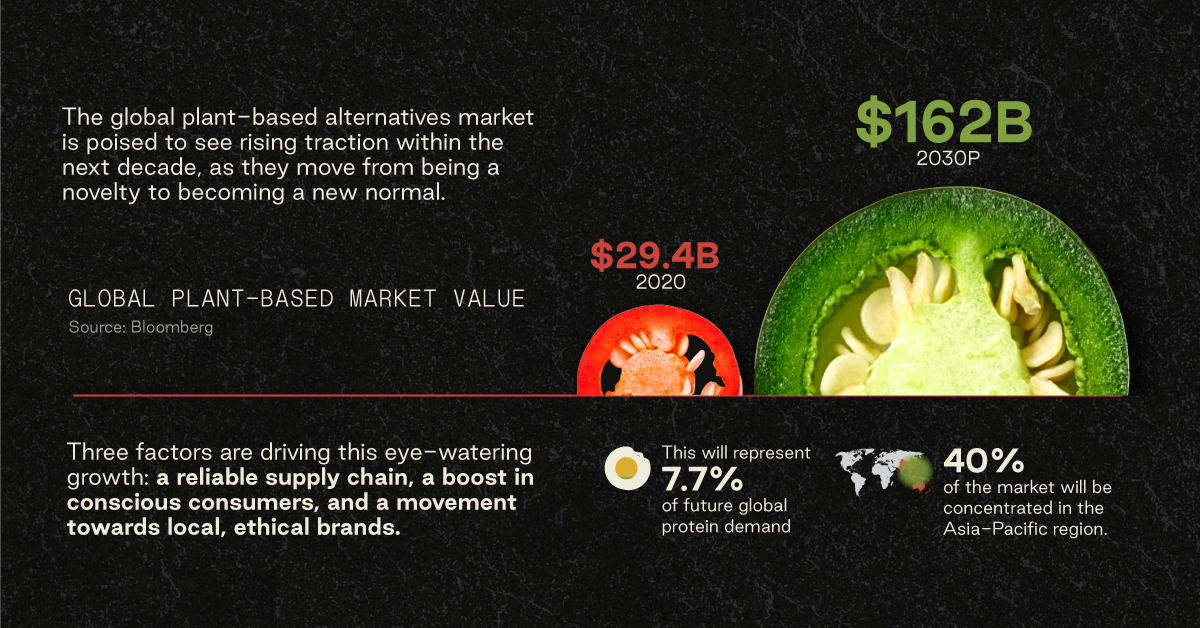Why the 2020s Are A Watershed Decade for Plant-Based Alternatives
The 2020s: A Watershed Decade for Plant-Based Food
Are you among the millions of people who have been eating less meat in recent years? Plant-based alternatives are exploding in popularity, a trend that has become especially apparent during the pandemic.
This infographic from the Very Good Food Company (VGFC) sheds light on why the global plant-based market is expected to go from a novelty to a new normal within the next decade.
The Market Outlook for Plant-Based Alternatives
Ever since the first vegetarian society was formed way back in 1847, plant-based diets have come a long way.
The U.S. plant-based food market is growing at impressive rates, as plant-based alternatives to conventional meat and animal products are flying off the shelves.
| Total U.S. plant-based food market | Grocery sales of plant-based alternatives | Global plant-based market value |
|---|---|---|
| 2019: $5.5 billion | 2019: $850 million | 2020: $29.4 billion |
| 2020: $7.0 billion | 2021: $1.3 billion | 2030P: $162 billion |
| National growth in sales of plant-based food outpaced regular retail food by nearly double between 2019 and 2020. | This represents a 53% increase in just two years. | Plant-based alternatives will make up 7.7% of future global protein demand. |
Despite a slight dip in U.S. sales in the latter half of 2021, the big picture outlook for the industry remains promising for investors.
There are three factors powering this eye-watering growth: a more reliable supply chain, a boost in conscious consumers, and a move towards local, ethical brands.
1. Reliable Supply Chain
During the early days of the COVID-19 pandemic, the livestock industry was hit hard. A typical supply chain to produce animal-based meat looks like this:
- Farm and Production
- Packaging and Processing
- Distribution and Delivery
- Retail
- Consumer
Amid these complex steps, many processing facilities emerged as hotspots for the virus, forcing them to shut down. Despite the surging food demand of stay-at-home consumers, meat suppliers struggled to keep up.
Plant-based alternatives jumped in to fill the gap. Between March and May of 2020, growth in sales of plant-based meat skyrocketed, while animal-based meat stalled:
| Plant-based meat | Animal-based meat | |
|---|---|---|
| March 1, 2020 | +44% | -1% |
| March 15, 2020 | +152% | +80% |
| May 10, 2020 | +71% | +41% |
Footnote: Figures represent the rise in dollar sales compared to the same week in the previous year.
While the plant-based market is not immune to supply chain issues of its own, the requirement for fewer steps makes it more resilient. The overall growth of plant-based alternatives has stabilized, and the sector continues to outperform animal products.
2. A Boost in Conscious Consumers
Plant-based alternatives were not only a matter of convenience, but a reflection of wider consumer shifts in attitudes during the pandemic.
Near 14.5% of all global greenhouse gas (GHG) emissions that come from humans are from the rearing of livestock. Of this share alone, cattle make up a whopping 65% of emissions, in creating products such as beef and milk.
As consumers become both more environmentally-aware and health-conscious, various surveys reveal the impact this has on less people choosing meat—and on the growth of the plant-based alternatives market:
- 70% of people are more aware of the effects human activity has on the climate, compared to before the pandemic.
- 33% of respondents consistently reduce the amount of meat they consume.
- 62% of consumers would reduce meat consumption due to environmental concerns.
Among these, 43% say they would replace meat-based protein with plant-based protein. - 52% of U.S. consumers are eating more plant-based due to perceived health benefits.
Increased public awareness and changed behaviors means that the plant-based trend is more than a fad. It could potentially be the future.
3. A Shift Towards Local, Ethical Brands
A growing focus on sustainability led by consumers’ concern for the environment is altering their purchasing habits. In a survey of over 18,000 consumers by IBM, it was reported that:
- 57% are willing to change their shopping habits to reduce environmental impact.
- 77% indicate sustainability is important to them.
Within this group, 72% would pay more for brands that are sustainable and environmentally responsible.
Consumers are becoming more conscientious of what they eat, and are more perceptive to the impacts of their consumption habits.
Thanks to these evolving decisions, plant-based alternatives have firmly taken root. The market’s adoption is expected to maintain its momentum, making the 2020s a watershed decade for the industry.
Click here to learn more about the Very Good Food Company and how its clean, healthy protein alternatives are feeding this growing global movement.

-

 Sponsored3 years ago
Sponsored3 years agoMore Than Precious: Silver’s Role in the New Energy Era (Part 3 of 3)
Long known as a precious metal, silver in solar and EV technologies will redefine its role and importance to a greener economy.
-
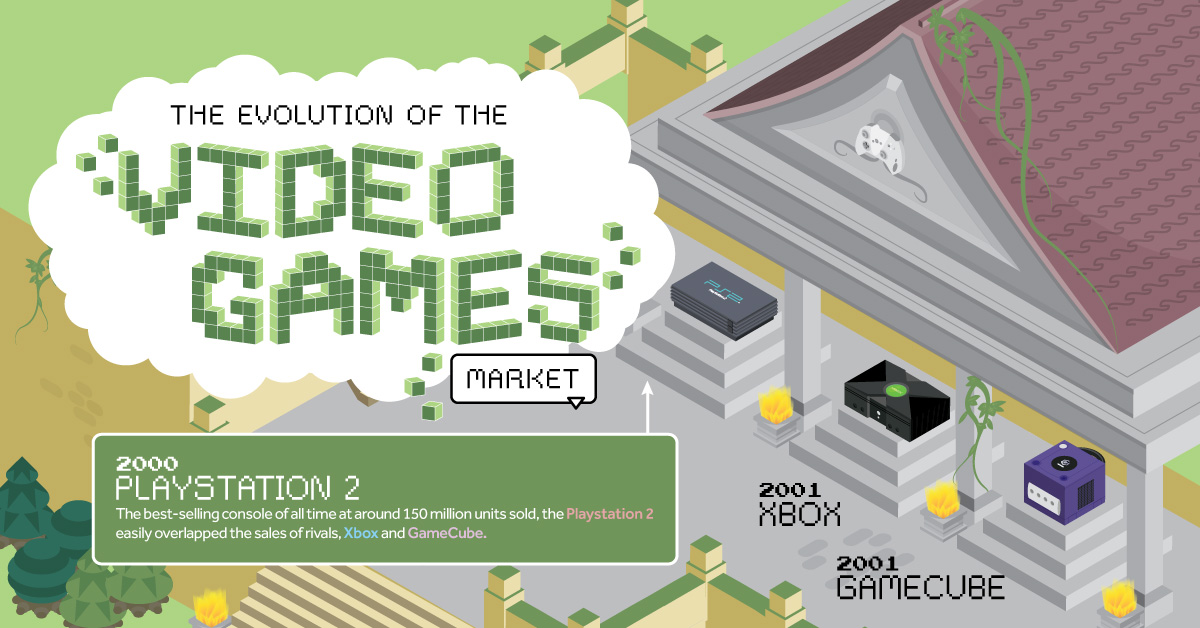
 Sponsored7 years ago
Sponsored7 years agoThe History and Evolution of the Video Games Market
Everything from Pong to the rise of mobile gaming and AR/VR. Learn about the $100 billion video games market in this giant infographic.
-

 Sponsored8 years ago
Sponsored8 years agoThe Extraordinary Raw Materials in an iPhone 6s
Over 700 million iPhones have now been sold, but the iPhone would not exist if it were not for the raw materials that make the technology…
-

 Sponsored8 years ago
Sponsored8 years agoThe Industrial Internet, and How It’s Revolutionizing Mining
The convergence of the global industrial sector with big data and the internet of things, or the Industrial Internet, will revolutionize how mining works.

